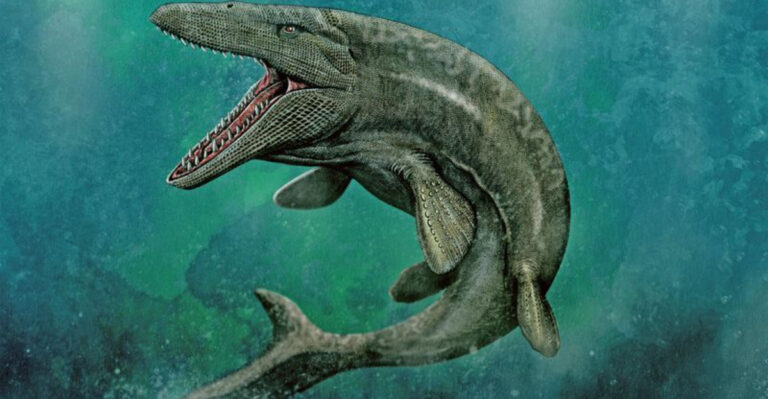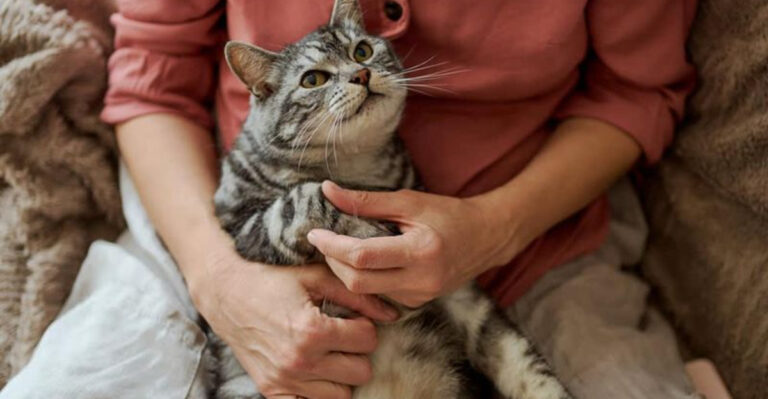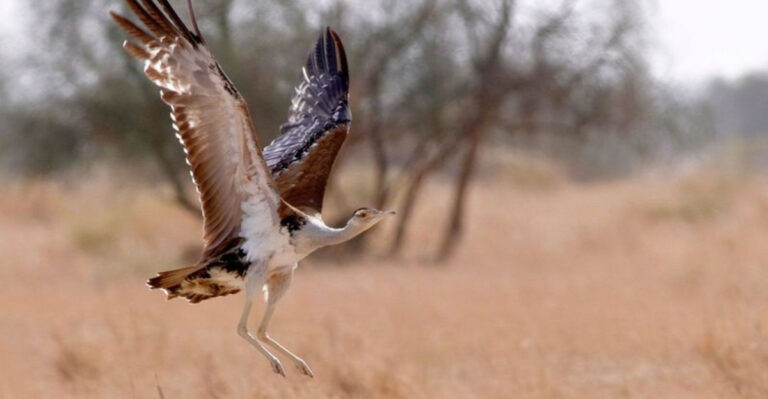13 Animals Quietly Vanishing From American Forests
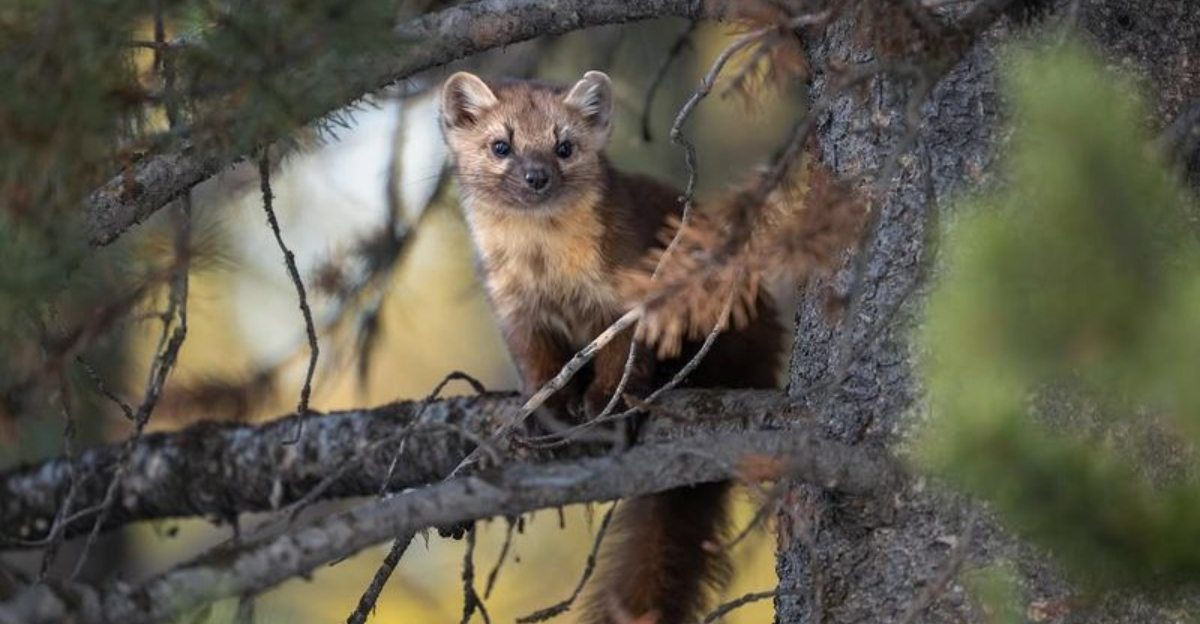
In the symphony of rustling leaves and bird calls, there are creatures whose melodies are fading into silence. Some of these animals, once vibrant threads in the intricate tapestry of American forests, are slipping away unnoticed.
Join us as we embark on a journey through the forest, discovering the stories of unique animals quietly disappearing from the woodlands.
1. Red Wolf
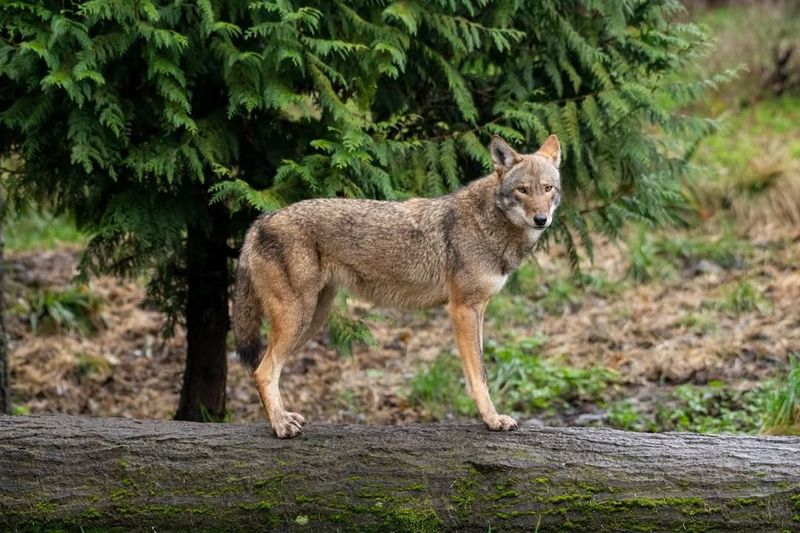
Imagine walking through a forest and hearing the haunting call of a wolf echo through the trees. But not just any wolf – the red wolf, a creature as elusive as the wind itself. Once roaming the eastern United States in large numbers, these wolves are now teetering on the edge of extinction.
Though they are vital to their ecosystem, helping to control the population of prey animals, their numbers have dwindled to barely a few dozen in the wild.
Conservationists are working tirelessly to protect this species, but the road ahead is challenging. Want to help? Supporting local conservation efforts can make a significant difference.
2. Pacific Marten
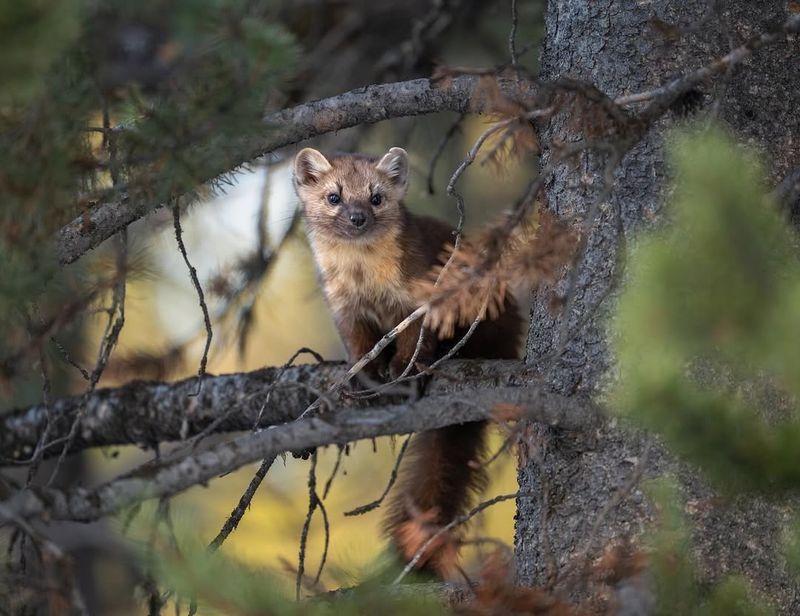
Deep in the heart of the Pacific Northwest, you might catch a glimpse of a creature as agile as a ballerina. The Pacific Marten is a sleek and curious member of the weasel family, known for its acrobatic prowess among the trees.
These little carnivores, with their bushy tails and keen eyes, play a crucial role in maintaining the health of forest ecosystems. Sadly, their forest homes are shrinking, leaving them with fewer places to perform their airborne routines.
Despite their small size, their presence is a big deal. Conservationists are determined to ensure these playful dancers continue to leap through the forests for years to come.
3. Bachman’s Warbler
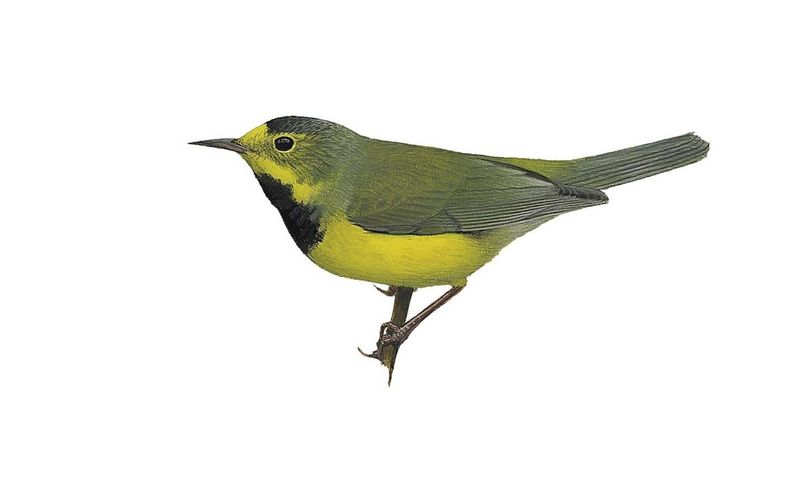
Ever heard of a bird so rare that spotting one is akin to finding a myth? Meet the Bachman’s Warbler, a tiny songbird that once fluttered through the southeastern United States.
Sporting a stunning yellow belly and olive back, this bird’s song is one of the most elusive melodies in the birding world. Unfortunately, habitat loss has driven their numbers to near extinction, with the last confirmed sighting decades ago.
While sightings are now the stuff of legends, efforts to restore their natural habitats continue. You can support these efforts by advocating for wetland conservation, keeping their song alive in our hearts.
4. Jaguarundi

If a house cat and a weasel had a secret love child, it might look something like the jaguarundi. These slender, long-bodied cats once roamed the thick brushlands of Texas.
Their appearance may be unusual, but they are perfectly adapted to their environment, sleekly moving through dense underbrush. Sadly, habitat destruction has made their presence a rare sight.
Jaguarundis are a reminder of the secrets the forest still holds. Raising awareness and supporting habitat restoration can help keep these intriguing animals from vanishing entirely.
5. Ivory-Billed Woodpecker
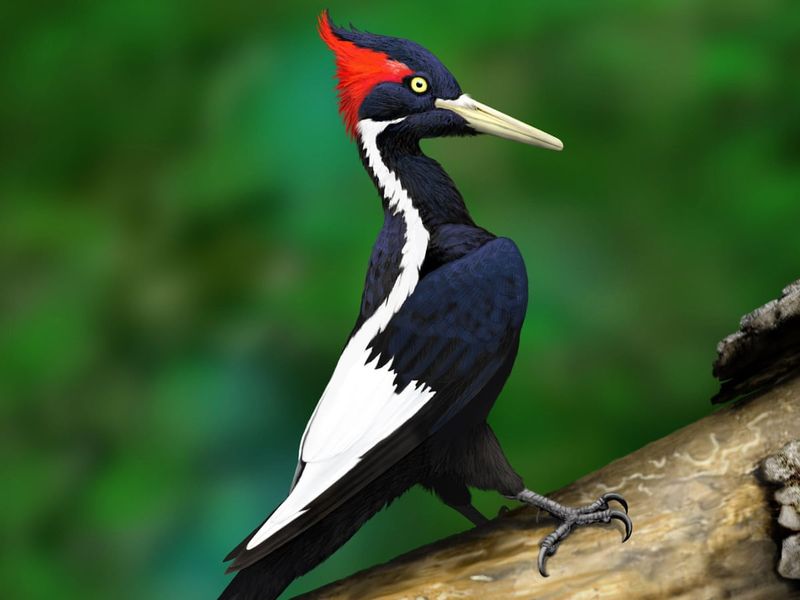
In the deep, mysterious swamps of the southern United States, tales of a ghostly bird with a magnificent ivory bill linger. The Ivory-billed Woodpecker, once a giant among its kind, is now a legend.
Known for its striking black and white plumage with a touch of red, this bird was rumored to be lost to history, yet whispers of sightings still spark hope.
While definite proof of its existence remains elusive, ongoing searches and habitat protection efforts continue. By supporting these conservation initiatives, you can be part of the mystery and magic of possibly rediscovering this majestic bird.
6. Ocelot
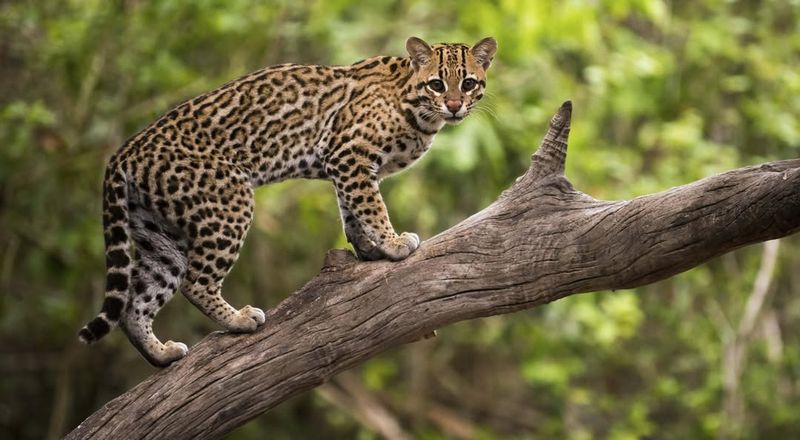
Graceful, spotted, and utterly captivating, the ocelot prowls the subtropical forests of Texas. With a coat akin to a living tapestry, these cats embody elegance in the wild.
Ocelots are skilled hunters, but their numbers have dwindled due to habitat fragmentation. Their survival depends on the corridors of land that link pockets of forest.
Getting involved in conservation programs can help ensure these elegant cats continue to roam their native forests.
7. American Pine Marten
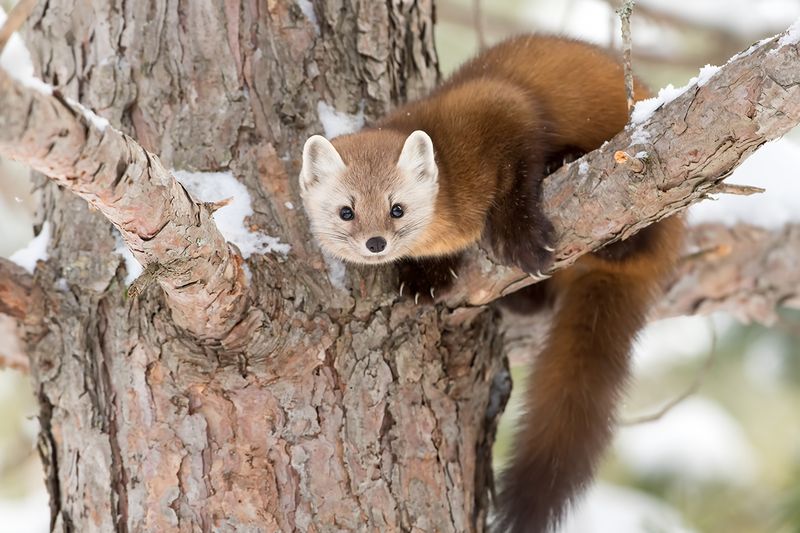
Picture a little critter that looks like it could have stepped out of a fairy tale, darting through the snow-dusted trees. The American Pine Marten is known for its semi-arboreal habits and impressive agility.
These enchanting creatures rely on forest habitats that are rapidly disappearing. As the trees go, so too does their home.
To preserve their magical presence in the woods, it’s essential to protect their habitat. Supporting forest conservation initiatives can help keep these charming animals in their wintry wonderlands.
8. Eastern Cougar
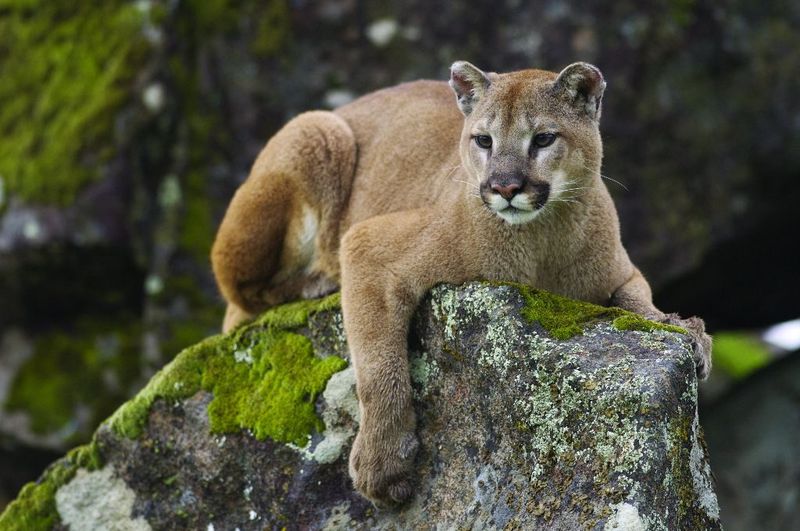
Some say the Eastern Cougar is more myth than reality, but these ghostly cats once haunted the Appalachian forests. Known for their stealth, these cats were apex predators in their domain.
Despite being declared extinct, rumors and occasional sightings persist, fueling both folklore and hope.
Their potential return sparks the imagination. By supporting rewilding projects and land conservation, you could contribute to the dream of hearing their silent footsteps once more.
9. Ozark Hellbender
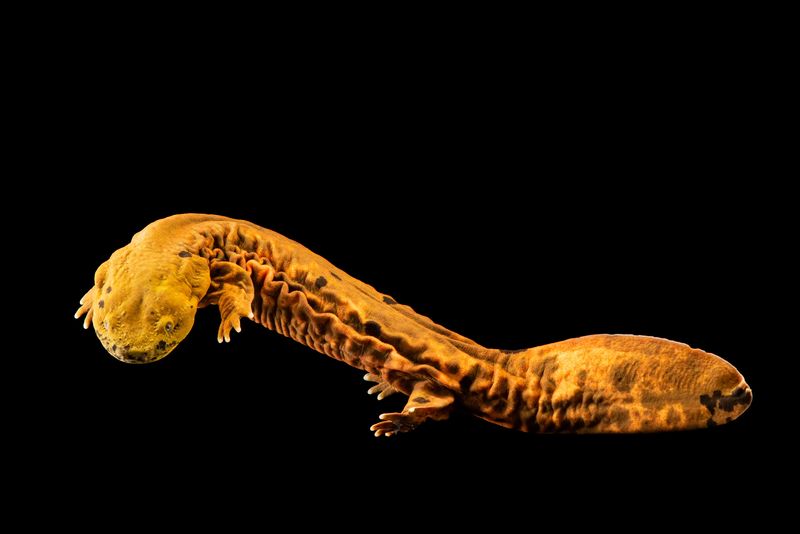
Meet the Ozark Hellbender, a creature with a name as strange as its appearance. This aquatic salamander, found in the clear streams of the Ozark Mountains, looks like something from a sci-fi movie.
Its presence indicates a healthy aquatic ecosystem, but pollution and habitat destruction have led to its decline.
Protecting water quality and stream habitats is vital for the survival of these peculiar creatures. Consider supporting environmental programs focused on preserving clean waterways to help them thrive.
10. Florida Bonneted Bat
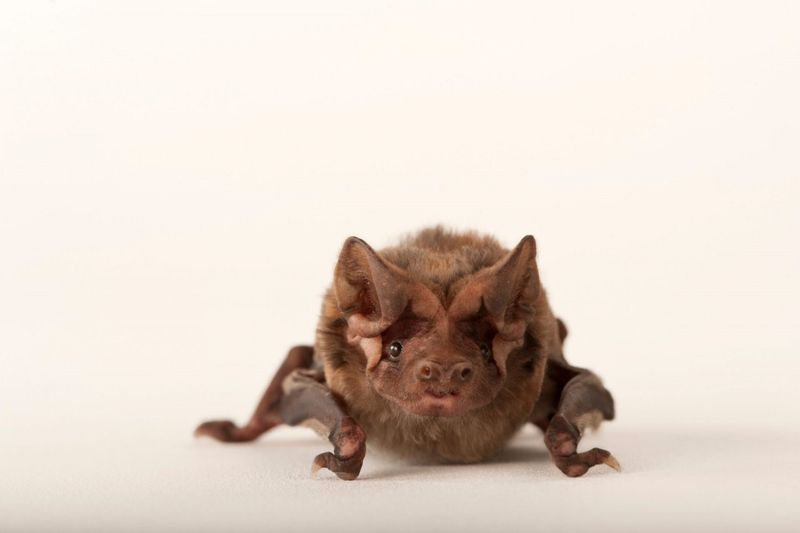
In the moonlit skies of Florida, the Florida Bonneted Bat flies in near silence. Known for their large ears and impressive wingspan, these bats are a critical part of the ecosystem, keeping insect populations in check.
Their habitat is shrinking due to urban development, making their already limited range even smaller. Supporting local conservation efforts can help protect these nocturnal flyers and their habitats. As they swoop through the night, they remind us of the unseen guardians of the night sky.
11. Western Spotted Skunk
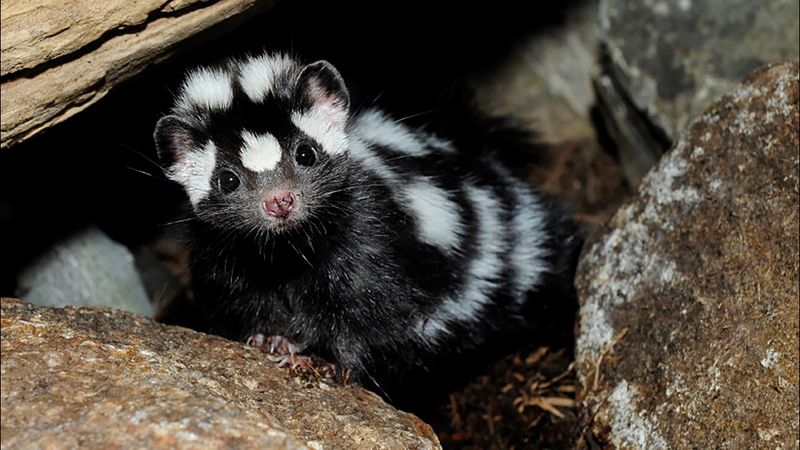
Think of a skunk, but dapper and ready for a night on the town. The Western Spotted Skunk sports a striking coat of spots and stripes that makes it a true fashionista of the forest.
These small mammals are skilled foragers, but habitat loss is a constant threat to their populations. Their survival depends on healthy forest ecosystems. By supporting conservation programs that protect their habitat, you can help ensure these stylish skunks continue to strut their stuff.
12. Northern Flying Squirrel
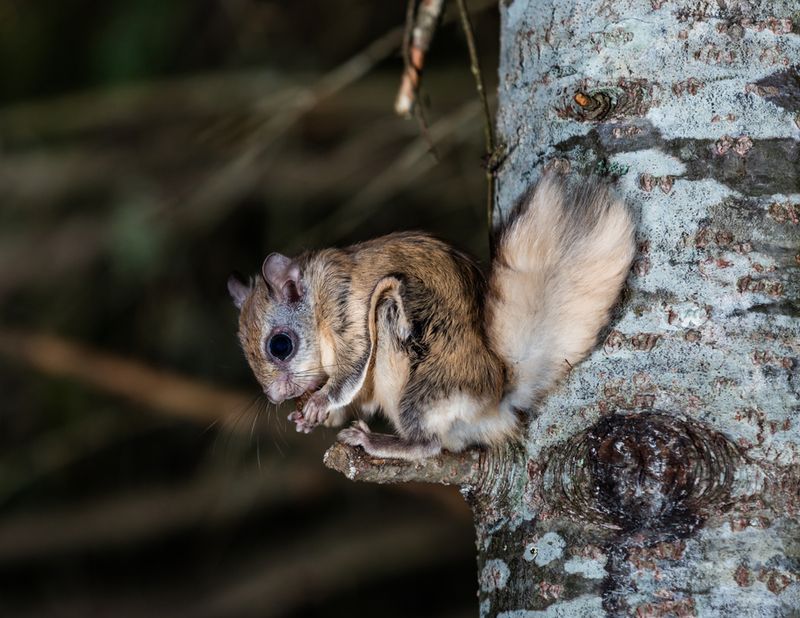
Who needs wings when you can glide like a superhero? The Northern Flying Squirrel doesn’t fly but glides through the forest canopy with ease.
These nocturnal acrobats rely on mature forests, which are becoming increasingly scarce. Protecting old-growth forests is essential for their survival. Support conservation efforts aimed at preserving these critical habitats, allowing these squirrels to continue their nighttime journeys.
13. Indiana Bat
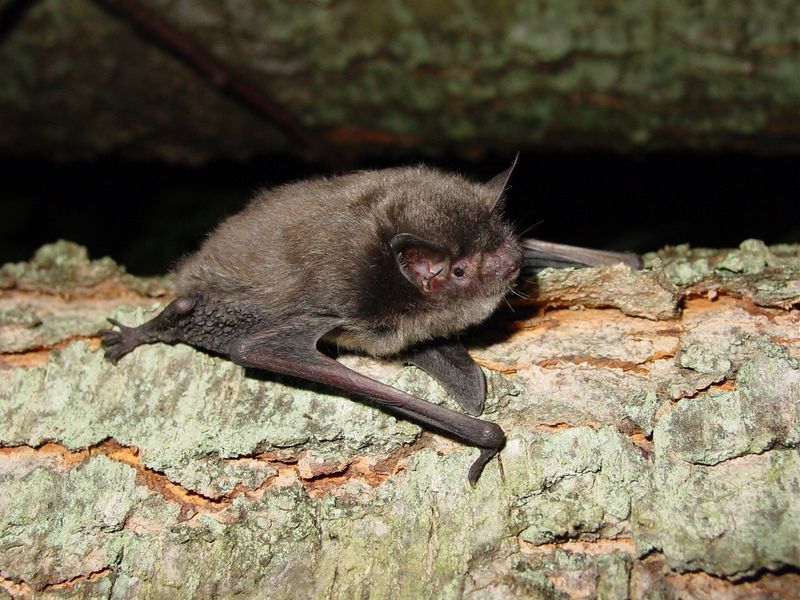
Say hello to the Indiana Bat, a species that plays a crucial role in pest control. These small, insect-eating bats hibernate in caves during the winter.
White-nose syndrome and habitat destruction threaten their populations, leading to significant declines. Protecting their hibernation sites and supporting research into disease prevention are vital steps in ensuring their survival. You can help by advocating for bat conservation policies.

